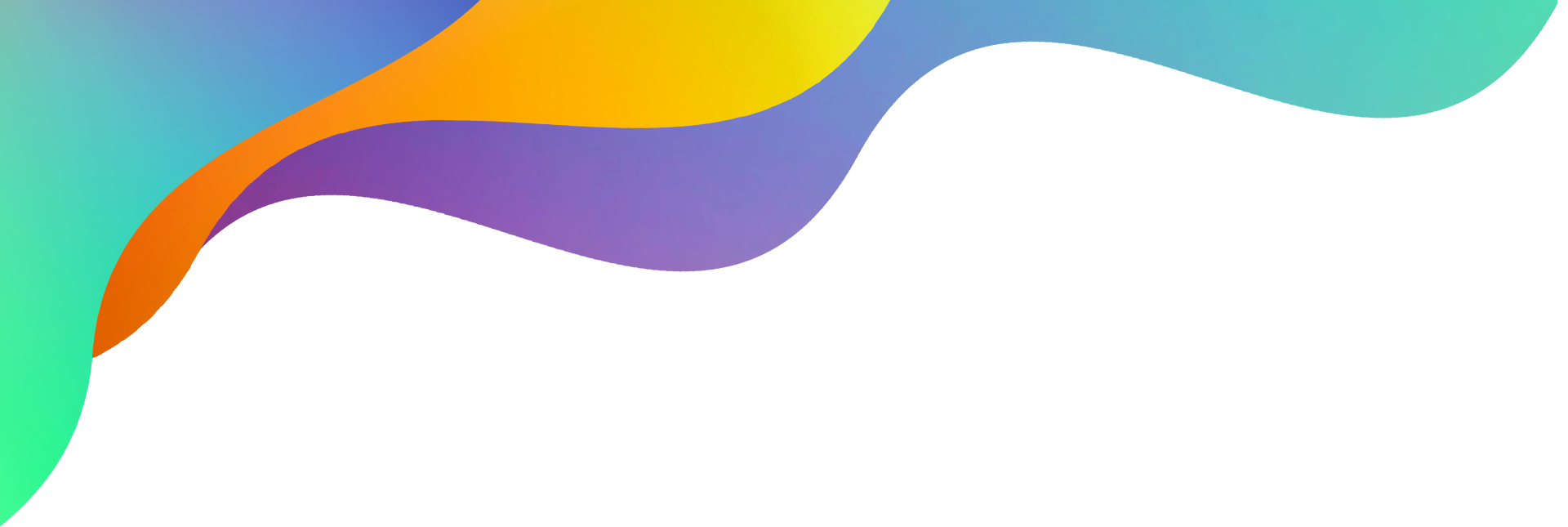
Redesigning the Role of Art for Education
Can you imagine reading about history from a book with no pictures? Without ever hearing music or reading tales or stories from those times? Are we any better at planning a future without using our imagination to think of what we want or desire from the future?
Creativity is at the very core of what life is. For all human beings, not just artists, human life is not a science that we could fully understand, control or predict all that is to come. There is no one way that works for all, nor is it enough to just know about it. The same is true for art, and creativity in general.
This has huge implications for education. In a time where there is more information available for a larger part of people on the earth than ever before, we sometimes seem to get caught in the notion that knowing is the same as being. Especially as life brings us constantly new challenges, that simultaneously raise deeper questions of the choices we make based on our personal values and beliefs about life.
The Process
The material in this publication was collected from all across the globe in the pursuit of wanting to understand how the arts and science collide. The cases were collected by all our project partners from the different corners of Europe, each bringing their own point of view and understanding of the themes with them.
As we analyzed the case data, we formed the three phases: Insight, Process and Output. This thinking follows a very general model of any project. First, we have the idea, next we plan and create it, and lastly we show the end product. Categorizing these arts and science cases into the unique phases helped us to understand what kind of collision exists already between them.
We hope that this publication inspires teachers, artists and scientists to think of what we can all learn from both the arts and science in order to more holistically and meaningfully understand the world we live in. To also appreciate the incredible advances we have made in science, that enable and provide unforeseen tools for artists to make new art and visions for the future. And to let these visions once again inspire scientists to think of how to realize the possible visions of how life could be. And thus, complete the creative process – in order to start another one again and anew.
– Silja Suntola, Creative Industries Research Unit, South-Eastern Finland University of Applied Sciences
